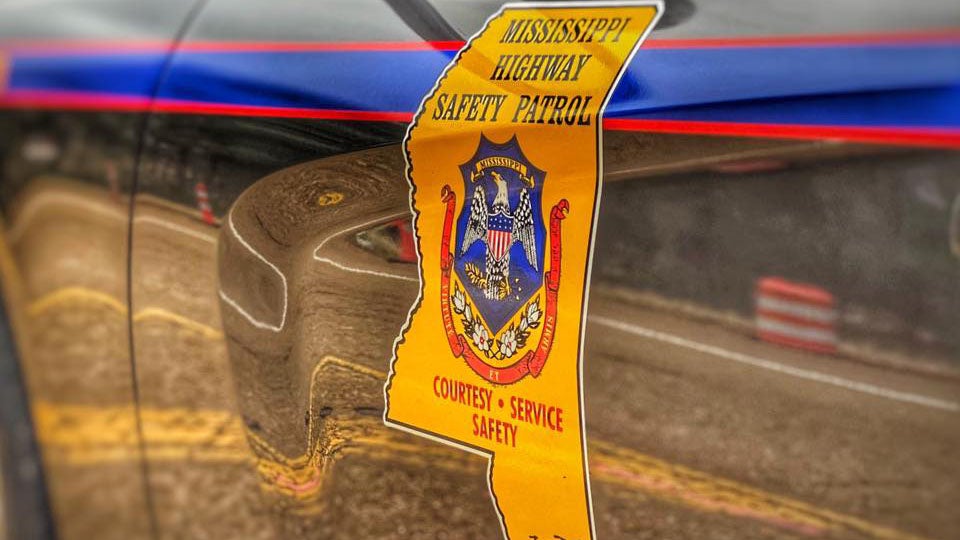Reporter takes turn at firing range
Published 6:00 am Friday, January 27, 2006
I didn’t make the cut, but I came close.
When the Brookhaven Police Department officers went to the cityfiring range Thursday for required firearms qualificationstraining, Police Chief Pap Henderson and Capt. Roger Wilson allowedme the rare opportunity to run the course with them.
I was a bit nervous. I had not handled, let alone fired, ahandgun in at least seven years. Even then, my experience withhandguns was limited to a few outings for fun and – while assignedas a military policeman in the Mississippi Army National Guardnearly a decade ago – one run through a similar qualificationprocess.
Now, I was being asked to use an unfamiliar handgun to run aqualification course designed to test the proficiency of policeofficers, whose lives may depend on their ability to use theirweapons.
It was a challenge I couldn’t turn down. With all the officerswatching me as the novelty entertainment, I wanted to score welland make a good showing.
Henderson and several others offered me the use of theirsidearms, but I selected John Douglas’ Sig Sauer P220 .45 calibersemiautomatic.
My reasoning was simple, if faulty. About 10 years ago, when Iowned a handgun, it was a Smith and Wesson .45 caliber. After goingthrough the course, I realized my familiarity with the .45 caliberhad waned in that decade, and the choice of the less powerful 9mmoffered by some of the others may have been a better choice.
The course is broken into five stages at four set distances.Each stage is timed. Also, time starts with the handgunholstered.
At no stage was I able to get my rounds fired in the set time.However, the officers were kind enough to let me finish stages with”alibi” rounds, which were fired even though the time limitofficially had expired.
The first stage involved 12 rounds fired from a standingposition and six rounds kneeling. The stage was to be completed in90 seconds from behind a barricade 25 yards from the target.
I hit paper with every round, but I doubt if any of thosecounted toward my score. Most placed in the lower left-hand cornerof the target – out of the black and therefore worthless.
We then advanced to the 15-yard markers, where we fired twostages – 12 rounds in 30 seconds from a standing position and areloading exercise where two rounds – each round in a separate clip- had to be fired in 10 seconds. I was well under the average inproficiency here as well, but I began accumulating somethingresembling a score.
At seven yards out, we shot 12 rounds from a standing positionin 25 seconds. At this range, I was consistently in the black andcould begin concentrating on focusing a grouping of rounds in the Xring for maximum score.
The last stage was six rounds in six seconds from three yardsout.
Up to this point, we had been permitted to use a support stance,meaning our firing hand was cupped in our non-shooting hand atarm’s length. It is known as a shooter’s stance.
For the final stage, though, we shot single-handed.
“We should have let you fire like that the whole time,” Douglassaid as I checked to ensure I had fired all the rounds and thesafety was engaged. The course was complete and I was reluctant tolook at the target.
When I looked up at him, my surprise was evident.
“You put all those in the X ring,” Douglas said, laughing.
“It must be the range,” I said.
Maybe so, Douglas told me, but he explained the reason officersqualify at the three-yard line is because it is the distance mostofficers will have to use a handgun during a routine traffic stop.It simulates the distance between the hood or trunk of a car andthe driver’s seat.
I didn’t qualify when all was said and done. However, Henderson,Wilson and Douglas said they were impressed with my performancegiving my lack of familiarity with the handgun and the shootingcourse.
I scored a 68.8 of a possible 100. A minimum of 75 is requiredto qualify as a marksman.
I learned nearly all of the officers in the department aresharpshooter or better, meaning they score above 85. Many areexperts and score above 95. Wilson routinely maximizes thescorecard.
Officers are required to qualify annually, but Henderson saidhis policy is for quarterly qualifications.
“It doesn’t cost that much to bring them out here,” Hendersonsaid, “and I know they’ll be able to handle themselves in a badsituation.”




